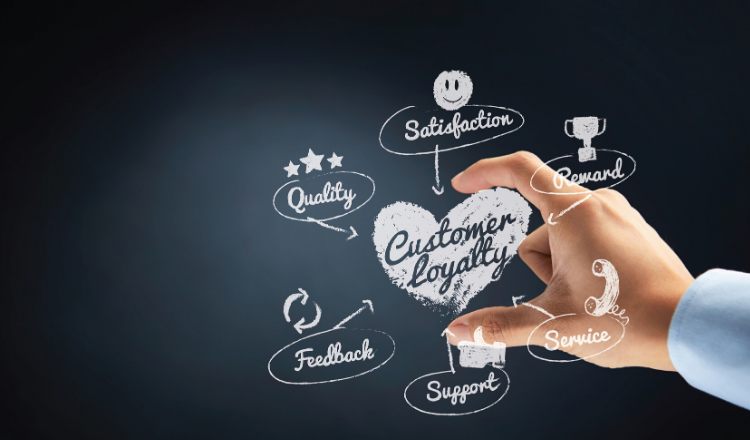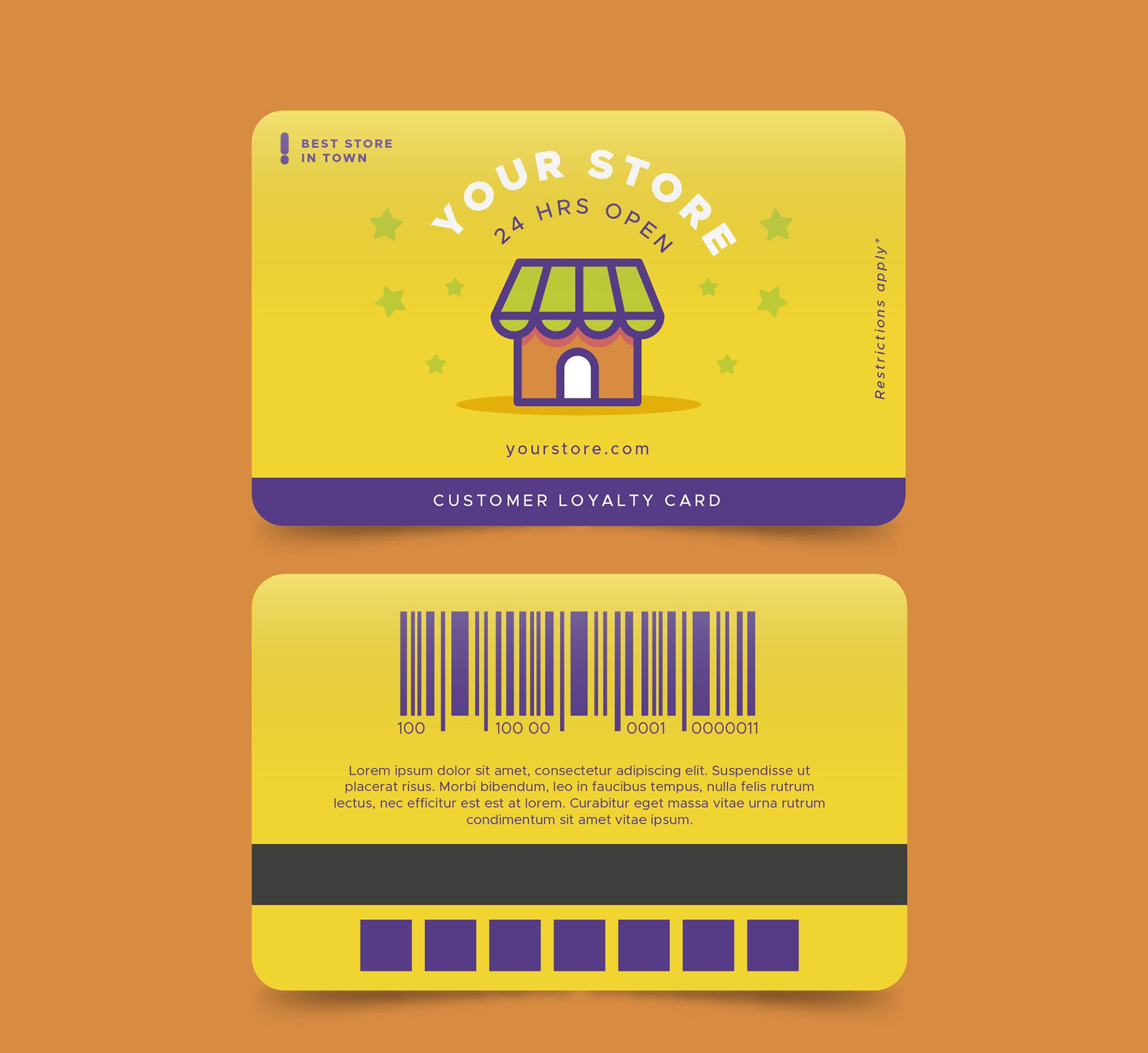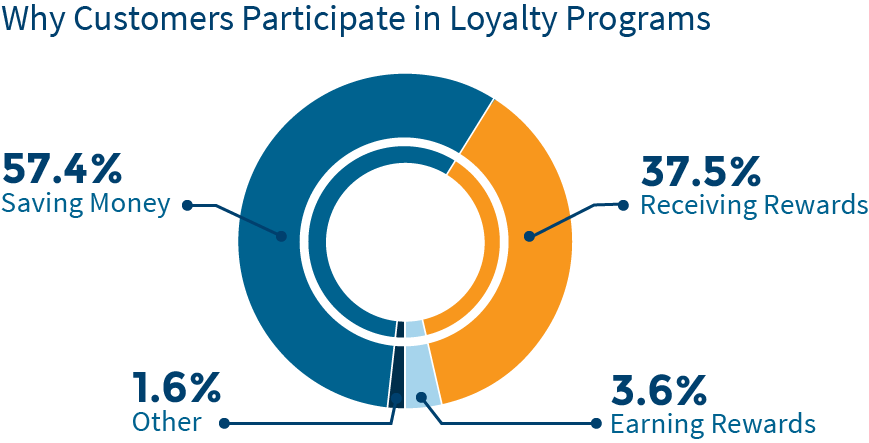All Categories
Featured
Table of Contents
In Inman, SC, Lilyana Mckenzie and Gage Hess Learned About Customer Loyalty Program

What if you could grow your organization without increasing your costs? In reality, what if you could really lower your costs but increase your sales, every year? Would you do it? If you're a company owner, then you'll likely offer a resounding 'yes', a basic answer to an even easier concern.
A benefits program tracks and benefits certain costs habits by the consumer, providing unique advantages to devoted customers who continue to shop with a particular brand name. The more that the customer invests in the shop, the more benefits they get. Over time, this incentive constructs faithful clients out of an existing customer base.

Even if you currently have a reward program in place, it's an excellent concept to dig in and totally understand what makes consumer loyalty programs work, along with how to execute one that costs you little cash and time. Do not stress, I'll help you with that. I'll break down the primary advantages of a commitment program and the very best methods to develop faithful customers.
Let's dig in. Customer commitment is when a client returns to work with your brand over your competitors and is mainly influenced by the positive experiences that the client has with your brand name. The more favorable the experience, the most likely they will return to patronize you. Consumer commitment is exceptionally important to organizations since it will help you grow your business and sales faster than an easy marketing strategy that concentrates on hiring new customers alone.
A few ways to determine consumer commitment include:. NPS tools either send a brand efficiency survey via email or ask consumers for feedback while they are going to a service's website. This details can then be utilized to much better understand the possibility of client commitment. A repurchase ratio measures the ratio of repeat purchasers versus one-time buyers.
Customer loyalty index (CLI). The CLI tracks customer commitment with time and is comparable to an NPS survey. However, it considers a couple of additional factors on top of NPS like upselling and buying. These metrics are then utilized to assess brand name commitment. A client loyalty program is a marketing method that rewards consumers who make purchases and engage with the brand name on an ongoing basis.
Customer rewards programs are created to incentivize future purchases. This motivates them to continue doing business with your brand name. Consumer commitment programs can be set up in several ways. A popular customer commitment program benefits customers through a points system, which can then be invested on future purchases. Another kind of client commitment program might reward them with member-exclusive advantages or complimentary presents, or it may even reward them by contributing cash to a charity that you and your consumers are mutually enthusiastic about.
In Teaneck, NJ, Kiana Frank and Rhett Velez Learned About Mobile App
By offering rewards to your clients for being faithful and helpful, you'll construct a rapport with them, deepening their relationship with your brand and ideally making it less likely for them to change to a competitor. You've likely seen customer loyalty programs in your own shopping experience, whether at your favorite coffee shops or your most frequented supermarket.
However just due to the fact that everyone is doing it doesn't imply that's a good sufficient factor for you to do it too. The better you understand the advantages of a consumer rewards program, the more clearness you will have as you develop one for your own store. You will not be distracted by amazing benefits and complicated loyalty points systems.
Remember: work smarter, not harder. Consumer retention is the main advantage of a benefits program that works as a structure to all of the other benefits. As you offer incentives for your existing customer base to continue to purchase from your shop, you will offer your shop with a constant flow of cash month after month.
By growing your retention rate, you can stop spending as much time or cash on increasing your general number of customers. Why is this important? Loyal customers have a greater conversion rate than brand-new customers, suggesting they are more most likely to make a transaction when they visit your shop than a new client.
By increasing your retention rate by just 5 percent, you can increase your earnings by 25 percent and as much as by 95 percent. Needless to state, your retention rate matters. Key Takeaway: If you wish to considerably increase your revenues, supply rewards for your existing clients to continue to patronize your store.
And you won't need to invest cash on marketing to get them there. Customer acquisition (aka generating new clients) takes a lot of effort and money to persuade total strangers to trust your brand name, concerned your store, and attempt your products. In the end, any money made by this brand-new consumer is eclipsed by all of the cash invested in getting them there.
Secret Takeaway: If you want to lower costs, focus on customer retention rather of customer acquisition. When you concentrate on providing a positive personalized experience for your existing customers, they will naturally tell their good friends and family about your brand. And with each subsequent deal, loyal consumers will inform even more individuals per transaction.
In Halethorpe, MD, Lilyana Mckenzie and Lamar Parker Learned About Vast Majority
The very best part? Because these new customers came from relied on sources, they are most likely to develop into devoted customers themselves, spending more on average than new customers brought in by other marketing efforts. The Chase Ultimate Rewards program, for instance, uses significant benefits for people who take a trip a lot.
The 'supreme rewards' that Chase cardholders receive include 2x points per dollar invested in all travel purchases along with primary rental cars and truck insurance coverage, no foreign transaction costs, journey cancellation insurance coverage, and purchase protection. For people who travel a lotand have disposable earnings to do sothere is a huge reward to spend cash through the supreme rewards program.
This entire procedure makes redeeming rewards something worth boasting about, which is precisely what lots of cardholders wind up doing. And to help them do it, Chase provides a bonus offer for that too. Key Takeaway: Make it easy for your customers to extol you and they will get the word out about your look for complimentary.
When you get the essentials down, then using a commitment rewards app can help look after the technical details. Here are the steps to start with developing your customer loyalty program. No customer wants to purchase products they do not want or require. The same chooses your commitment program.
And the only way to tailor an irresistible consumer commitment program is by thoroughly knowing your customer base. The very best method to do this? By implementing these methods: Construct client contact information wherever possible. Guarantee your business is continuously constructing a comprehensive contact list that permits you to gain access to existing customers as often and as quickly as possible.

Track client behavior. Know what your customers want and when they want it. In doing so, you can anticipate their desires and requires and provide them with a loyalty program that will please them. Classify client personal traits and preferences. Take a multi-faceted technique, don't restrict your commitment program to simply one avenue of success.
Encourage social networks engagement. Frame methods to engage with your consumers and target audience on social networks. They will soon provide you with very insightful feedback on your services and products, permitting you to better comprehend what they anticipate from your brand. When you have worked out who your clients are and why they are working with your brand name, it's time to choose which type of commitment benefits program will encourage them to remain loyal to you.
In Ambler, PA, Leyla Werner and Kareem Hurley Learned About Social Media
Nevertheless, the most common client commitment programs centralize around these main concepts: The points program. This kind of program concentrates on rewarding customers for each purchase they make with points in a point system. These points can then either be utilized on future purchases or put towards some form of reward.
The paid program. This kind of program requires clients to pay a one-time or annual cost to join your VIP list. Commitment members who belong to this list have the ability to gain access to distinct rewards or member-exclusive advantages. The charity program. This type of program is a little bit various than the others.
This is achieved by motivating them to do organization with the brand and, in return, their commitment will be rewarded with a contribution to a charity. The tier program. This kind of program focuses on increasing levels of brand loyalty. The more devoted a customer is to a brand name, the greater tier they will reach and the better the benefits they will receive.
This type of program is simply as it sounds, where one brand partners with another brand name to supply their cumulative audiences with special member discounts or deals that they can redeem while working with either brand name. The neighborhood program. This type of program incentivizes brand commitment by providing its members with access to a like-minded neighborhood of individuals.
This type of program is relatively similar to paid programs, nevertheless, the subscription cost happens regularly instead of a one-time payment. Next, choose which customer interactions you wish to reward. Base these benefits around which interactions benefit your business one of the most. For instance, to assist your service out, you can provide action-based rewards like these: Reward customers more when working with your brand name during a slow period of the year or on an infamously slow day of business.
Reward clients for engaging with your brand on social networks. Incentivize specific items you are trying to move quickly. Incentivize purchases that are over a particular dollar quantity. The concept is to make your customer loyalty program as simple as possible for your clients to utilize. If your customer loyalty program isn't personnel friendly, isn't simple to track, is too costly to run, or isn't simple for your customers to use or understand, then staff and customers alike probably won't make the most of it.
To remove these barriers to entry, think about incorporating a client commitment software application that will help you keep top of all of these aspects of your program. Some quality consumer program software application consist of:. CandyBar is a digital punch card program. It works by tracking your client's purchases through an app on a computer, phone, or tablet.
In 32082, Dominick Osborn and Lina Oconnor Learned About Influential People
Commitment members can then examine their benefits by means of text and business owners can use the program to contact their clients. Yotpo. Yotpo is a cloud-based customer loyalty platform exclusively for eCommerce companies. This software is particularly good at gathering every kind of user-generated material, practical for customizing a much better customer experience.
Loopy Loyalty is an useful consumer commitment software application for services that mainly use Google Wallet or Apple Pay as their payment platforms. The software produces a digital commitment card that sends out push notifications to their consumers' phones when they are in close proximity to their traditional shop. Once you've made the effort to choose which consumer loyalty methods you are going to execute, it's time to start promoting and registering your first commitment members.
Usage in-store ads, incorporate call-to-actions on your website, send promotions by means of e-mail newsletters, or upload advertising posts on social media to get your clients to sign up with. It's important to understand the primary advantages of a customer rewards program so that you can create a personalized experience for both you and your consumer.
Think about it. You know what type of products your clients like to buy however do you understand what brings them back, day after day, week after week? What makes them select your store over the shop throughout the street? What makes them your consumer and not the consumer of your greatest competitor? Remarkably, the responses to these questions do not boil down to discount rates or quality items.
Table of Contents
Latest Posts
In 14094, Carlo Good and Emilie Pitts Learned About Vast Majority
In Jamaica Plain, MA, Jamison Hartman and Roderick Beltran Learned About Social Media
In 90505, Catherine Morales and Angeline Chapman Learned About Online Sales
More
Latest Posts
In 14094, Carlo Good and Emilie Pitts Learned About Vast Majority
In Jamaica Plain, MA, Jamison Hartman and Roderick Beltran Learned About Social Media
In 90505, Catherine Morales and Angeline Chapman Learned About Online Sales